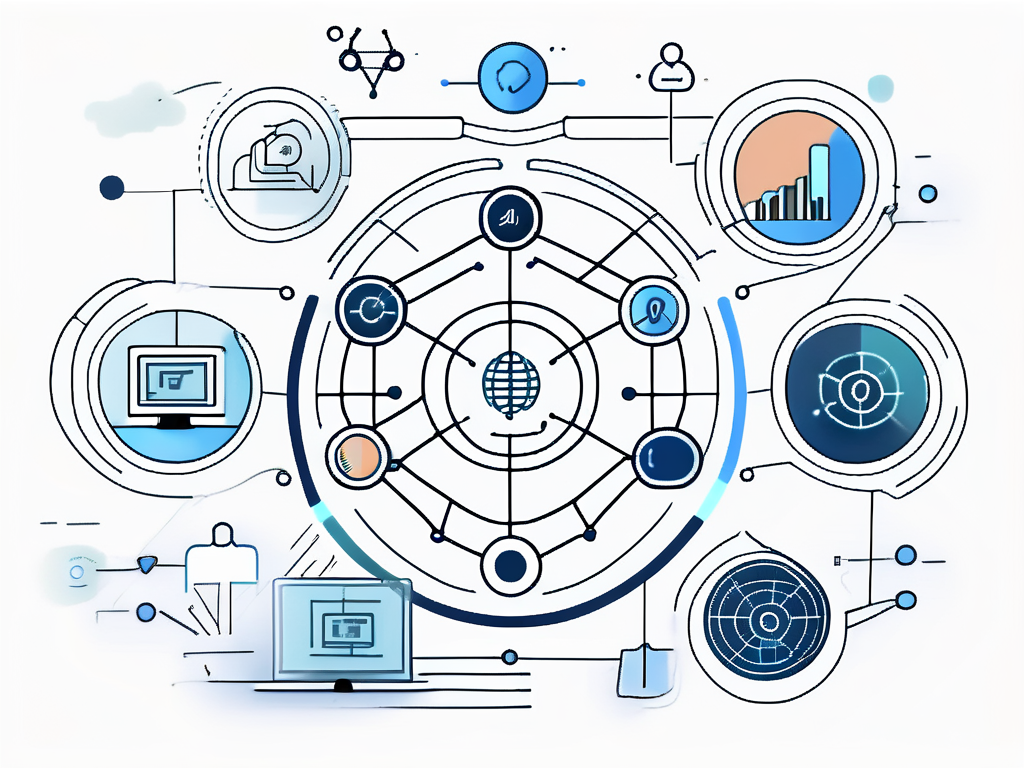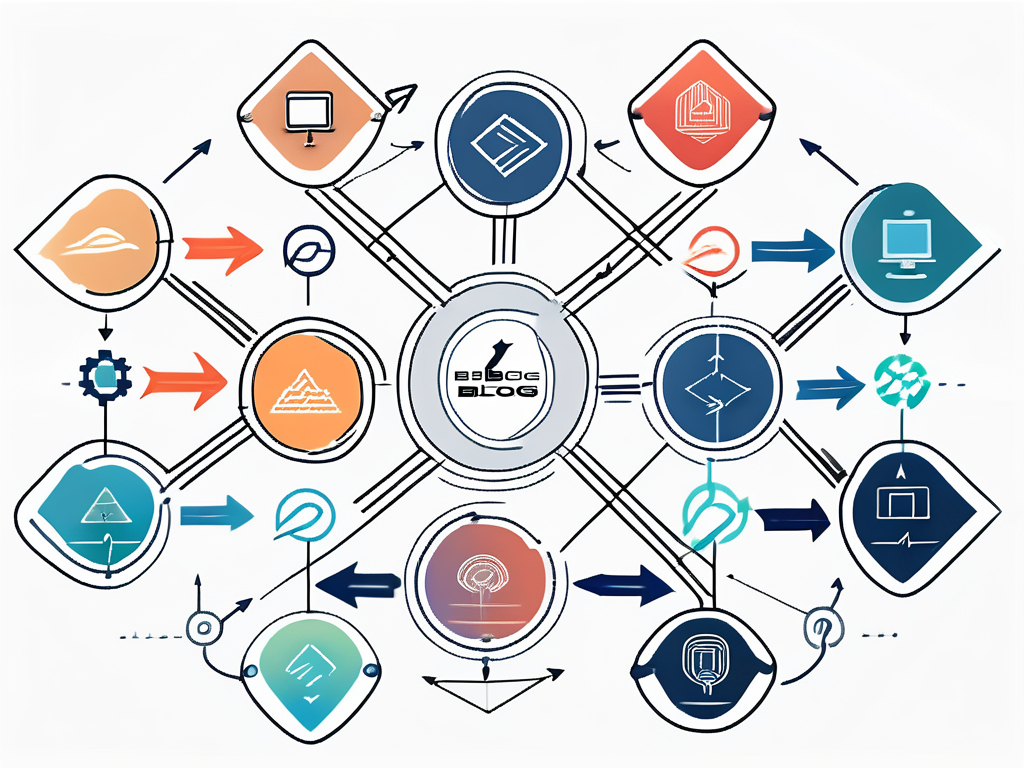Understanding Your Business Needs
Before selecting any software, it's vital to understand the specific needs of your business. This involves closely examining your current processes, challenges, and future goals. By gaining insight into what your organization requires, you can effectively narrow down your software options.
Identifying Your Business Processes
The first step in understanding your needs is to identify your core business processes. These processes can include operations like inventory management, sales, customer support, and accounting. Take time to document how these tasks are currently handled, what tools are used, and where inefficiencies lie.
Engaging with your team members can provide invaluable insights into these processes. They can share their experiences and the challenges they face, which can help pinpoint areas for improvement. This collaborative approach is vital in creating a clear picture of your operational needs. Additionally, consider conducting surveys or workshops to gather diverse perspectives from different departments. This can uncover hidden pain points and foster a sense of ownership among employees, making them more receptive to changes that new software might bring.
Recognizing Your Business Goals
Having a defined set of goals is crucial when choosing software. Assess both your short-term and long-term objectives. Whether you are looking to improve productivity, enhance customer satisfaction, or scale operations, understanding these goals will help determine which software features are vital for your success.
Establishing measurable criteria will ensure that you can evaluate how well potential software options align with your goals. For instance, if your goal is to increase sales, you may prioritize CRM software that has robust analytics capabilities to track performance. Furthermore, it’s beneficial to consider how the software can adapt to future changes in your business landscape. Flexibility and scalability should be key components of your evaluation process, as they will allow your organization to pivot and grow without the need for constant software overhauls. This foresight can save time and resources in the long run, ensuring that your investment remains relevant as your business evolves.

Types of Internal Software
Once you have a solid grasp of your business needs, you can explore the various types of internal software available. Each type serves unique purposes and functionalities, designed to meet the diverse requirements of organizations.
Enterprise Resource Planning (ERP) Software
ERP software integrates core business processes such as finance, HR, manufacturing, and supply chain into a unified system. This type of software provides real-time data and insights, enabling informed decision-making across departments.
For businesses aiming for comprehensive management of various functions from a single platform, ERP solutions can streamline workflows, enhance communication, and improve efficiency. However, it’s essential to evaluate whether your company requires a full ERP system or if a more targeted solution suffices. Many modern ERP systems also offer customizable modules, allowing businesses to select specific functionalities that align with their unique operational needs, thereby avoiding unnecessary complexity and costs.
Customer Relationship Management (CRM) Software
CRM software is dedicated to managing interactions with current and potential customers. It helps businesses develop strong relationships by tracking customer interactions, managing leads, and analyzing sales data.
For organizations that prioritize sales and customer service, a CRM system can provide tools that enhance customer engagement and retention. By automating tasks and providing insights into customer behavior, CRM software can help businesses tailor their marketing efforts effectively. Additionally, advanced CRM solutions now incorporate artificial intelligence to predict customer needs and personalize communications, making it easier for companies to anticipate market trends and respond proactively.
Human Resources (HR) Software
HR software automates processes related to managing employee data, payroll, recruitment, and performance evaluation. This type of software can simplify and enhance HR functions, allowing your team to focus on strategic initiatives.
By investing in HR software, businesses can improve the employee experience, streamline hiring processes, and ensure compliance with labor regulations. It's particularly beneficial for growing companies that need to manage increasing employee volumes efficiently. Moreover, many HR software solutions now offer features like employee self-service portals, where staff can access their information, submit requests, and participate in training programs, fostering a culture of transparency and empowerment within the organization. This not only boosts employee satisfaction but also reduces the administrative burden on HR teams, allowing them to concentrate on talent development and organizational culture initiatives.

Evaluating Software Features
After understanding the types of software available, the next step is to evaluate specific features that can address your organization’s requirements effectively. Not all software is created equal, and comparing functionalities allows you to find the best fit.
User-Friendliness and Interface
The user-friendliness of the software is critical. A clear and intuitive interface minimizes the learning curve and enhances productivity. Software that staff can use easily leads to fewer errors and increased acceptance within the organization.
Consider implementing a trial or demo to assess whether the software is user-friendly. Involve your team members in this testing phase to gather diverse perspectives regarding usability. Their feedback will be instrumental in making a final decision. Moreover, pay attention to the availability of training resources, such as tutorials, webinars, and customer support, as these can significantly aid in the onboarding process and help users feel more comfortable navigating the software.
Customization Capabilities
Every business is unique, and having the ability to customize software to align with those unique needs is crucial. Look for software that offers flexibility in customization, allowing you to modify workflows, fields, and reports according to your business requirements.
Customization ensures that the software can evolve alongside your business growth and changes, preventing the need for frequent switches to new systems. Evaluate how other businesses in your industry are customizing similar software to meet their needs. Additionally, consider the extent of customization allowed; some software may offer basic adjustments, while others provide advanced options that can create a tailored experience, enabling you to implement specific features that cater to your operational processes.
Integration with Existing Systems
Integration capabilities are an essential consideration. The right software should seamlessly integrate with your existing systems and tools. This ensures that data flows efficiently across platforms, eliminating silos and enhancing collaboration.
Investigate the API capabilities of potential software options and understand how they will work with your current processes. Integration can drastically reduce manual data entry and increase operational efficiency across your organization. Furthermore, consider the long-term implications of integration; software that can connect with future tools and platforms will provide greater flexibility and scalability as your organization evolves. This foresight can save time and resources in the long run, allowing your team to focus on strategic initiatives rather than being bogged down by technical limitations.

Considering Software Vendors
Just as important as the software itself is the vendor from whom you purchase it. A reliable vendor can make a significant difference in the success of the software implementation process.
Vendor Reputation and Reliability
Research the reputation of vendors thoroughly. Look for reviews, case studies, and testimonials from other businesses that have used their software. Evaluating their history with customer service and support can provide insight into their reliability.
An established vendor with a strong reputation is likely to offer better support and continue developing their software. Reach out to other organizations and industry contacts to get recommendations on vendors worth considering. Additionally, consider the vendor's track record in your specific industry. A vendor that has experience with businesses similar to yours may understand your unique challenges and requirements better, leading to a more tailored solution.
Support and Training Services
Consider the level of support and training that the vendor offers. Comprehensive training resources, including tutorials, documentation, and customer support, are vital for ensuring a smooth transition to the new software.
Check if they provide training sessions for your team and how easily you can reach their support in case of issues or inquiries. Good vendor support can make a significant difference in the adoption of the software and resolving any challenges that arise. Furthermore, inquire about the availability of ongoing training opportunities, as software updates and new features may require your team to adapt and learn continuously. A vendor that prioritizes education and support can empower your staff to utilize the software to its fullest potential.
Pricing and Licensing Models
Lastly, it’s critical to compare pricing and licensing models among different software options. Understand the total cost of ownership, including upfront fees, maintenance costs, and any extra charges for features or updates.
Some software vendors offer subscription-based pricing, while others might have a one-time fee. Evaluate what works best for your budget and try to foresee any future costs as your business grows. Make sure that the pricing structure aligns with the value that the software and vendor provide. Additionally, consider the flexibility of the licensing model; some vendors may offer scalable options that can grow with your business, allowing you to add users or features as needed without incurring excessive costs. This adaptability can be crucial for long-term planning and resource allocation.
As you consider the right internal software to streamline your business operations, remember that the agencies and service providers you choose to work with are just as crucial. Refetrust is here to guide you through this critical decision. Our comprehensive B2B marketplace is designed to help you find and compare thousands of vetted agencies, ensuring you partner with service providers that align with your business goals and enhance your internal software choices. With our verified reviews and commitment to transparency, you can make informed decisions quickly and confidently, saving time and fostering strategic growth. Find Agencies today and take the next step towards optimizing your business efficiency with Refetrust.





